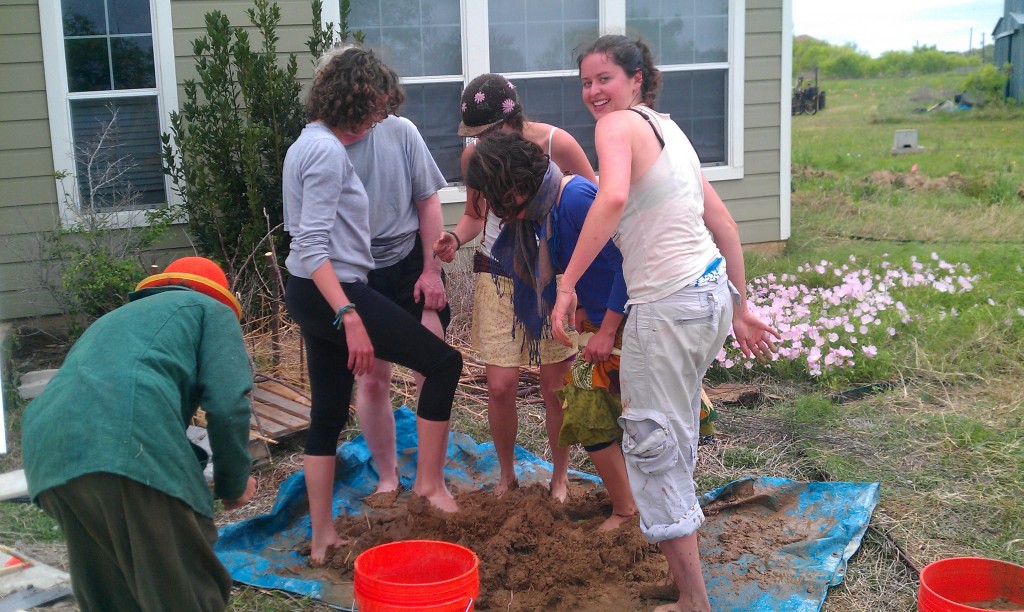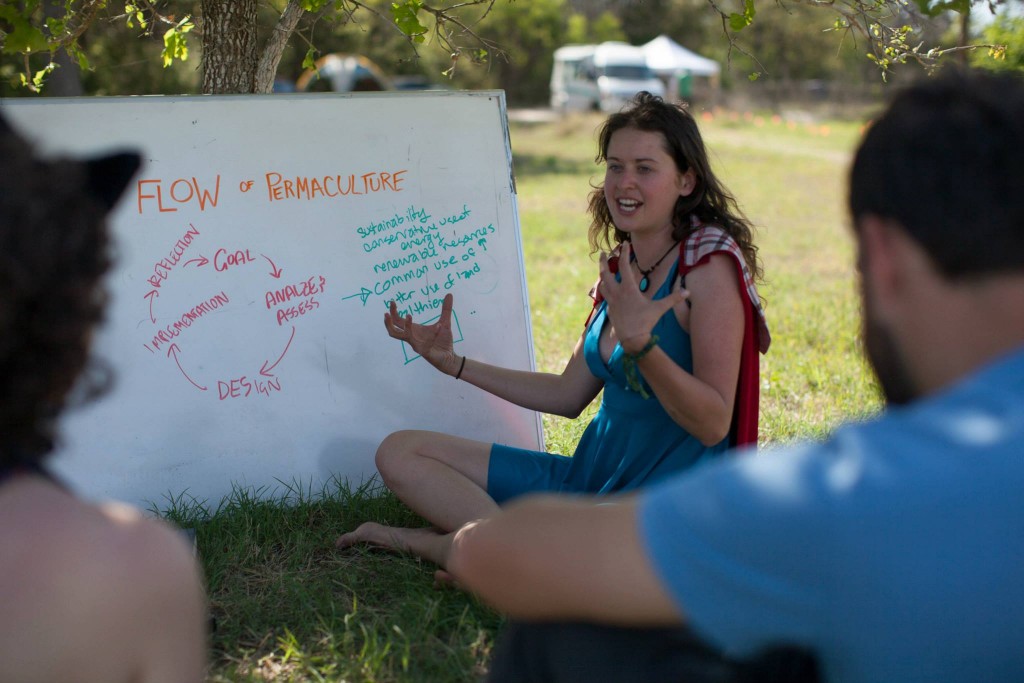Welcome to the Site! We are currently restructuring as we expand our Holistic Context (January 2017)
Please find Bright Sky’s Permaculture Diploma here. You can see how to use this site.
Welcome to the Site! We are currently restructuring as we expand our Holistic Context (January 2017)
Please find Bright Sky’s Permaculture Diploma here. You can see how to use this site.
The Pathway
Primary permaculture design certification achieved in February 2012 with teacher Christian Shearer and Geoffroy Godeau. During the following internship at Rak Tamachat Permaculture, a peer review and support group was formed between myself, Theron Beaudreau, and Chowgene Koay. The goal was to receive a permaculture diploma through the British Permaculture Association by completing 10 projects over 10 weeks. In the four years since that initial goal, Theron has entered a program with Gaia University as a Diploma Mentor. Chow has shifted his attention to managing the family business.
Through many conversations with students, friends, and colleagues, the most resonant path was an independent study and self-validation. The pathway came to completion in January 2016.
+Summary of field work 2012-2016
+Video thesis 2016
Projects: One Two Three Four Five Six Seven Eight Nine Ten
My goal is to complete a two year study of Applied Permaculture Design using the standards of the British Permaculture Association, in association with materials designed by Richard Perkins,in order to become an accredited permaculture practitioner.
After taking my PDC, I realized that I had just grazed the surface of sustainable systems, and I was eager to put these new concepts and strategies into practice… we realized there are limited options for higher level permaculture education in the United States. We decided to break some new ground…
-Bright Sky, Page 1, Project 1
Teaching Workshops at a spring sustainability and flow arts festival at Quilombo Paixaio
From Concepting
To Lesson Planning
To Stomping/ Implementing

To Flowing!

Flowstorm 2013!!
January 4 2013 Correspondence
Theron Beaudreau <theron@eco-pioneers.org>
To: Wesley Thoricatha <thoricatha@gmail.com>
Cc: Bright Sky <fearlessrevolutionary@gmail.com>
…”One assumption is that Bright Sky would also want to Co-Teach with us. I think she is ready and also understands the most important aspect of the course as “creating an experience”. “…
+
+
+
Design Work Accompanying the Implement Sector
Teaching Notes [ need link ]
Photos from PDC
Photos from MPSS
Photos from PDEC
Primary permaculture design certification achieved in February 2012 with teacher Christian Shearer and Geoffroy Godeau.
During the following internship at Rak Tamachat Permaculture, a peer review and support group was formed between myself, Theron Beaudreau, and Chowgene Koay.
The goal was to receive a permaculture diploma through the British Permaculture Association by completing 10 projects over 10 weeks.
In the two years since that initial goal, Theron has entered a program with Gaia University to develop a Masters program in EcoSocial Design.
Documenting myself has been like trying to catch a unicorn on camera. I constantly implement micro designs based on long-term multi-scale observations.
This is a folding of the two year actual with the two year projections.

9. Any final reflections on your pathway integration and development? Project Four feels like a hump. It took me twice as long as originally anticipated. But that extra time allowed me to dig in, grow some roots, really put a lot of effort and focus into one place. The place I’ve found is central to the designs, because I operate according to my environment. I would like next time to do more 2D design work on paper. A lot of what I do now is intuitive, and teasing the design and process out of my brain continues to be elusive, and helped by the incorporation of symbols.